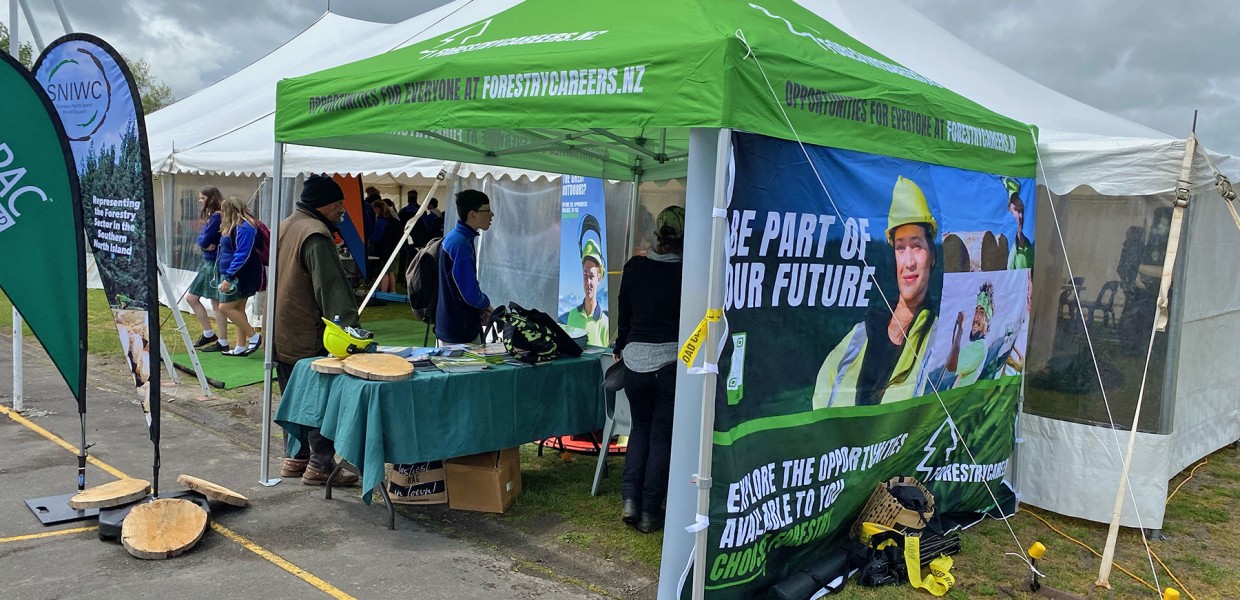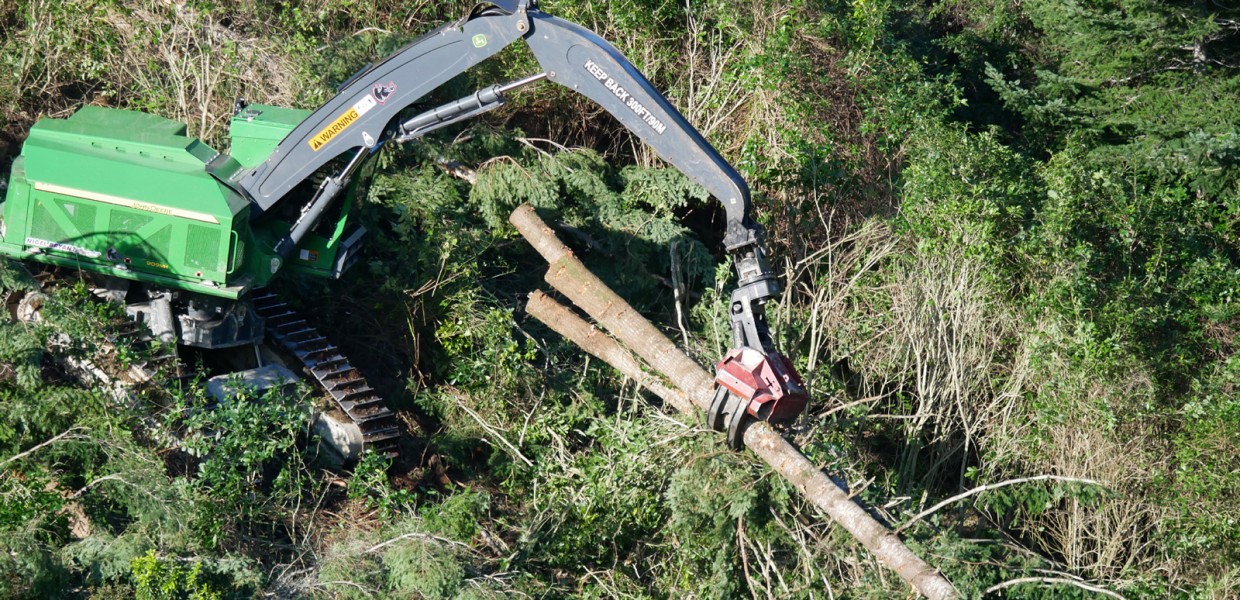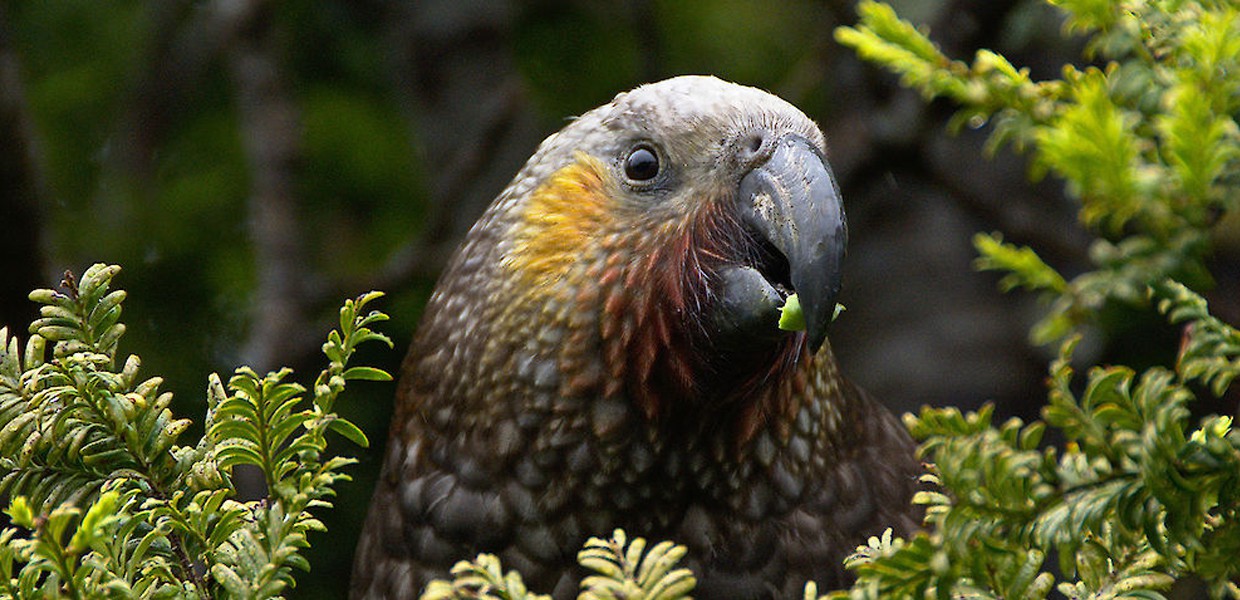26 Mar 2010
A MAF report released today shows New Zealand has reversed the trend of deforestation and re-started tree planting, Minister for Climate Change Issues Nick Smith says. However the report itself indicates that many forest owners are uncertain about future prospects and large areas are lying fallow following harvest.
"New Zealand lost a net area of 30,500 hectares in the years from 2005-2008 while last year there was a small gain of 500 hectares," Dr Smith said. "I am encouraged that the survey of forest intentions is indicating net growth of 4700 hectares this year, 5700 hectares in 2011 and 7700 hectares in 2012."
The 2009 Deforestation Intentions Survey was commissioned by the Ministry of Agriculture and Forestry and undertaken by Dr Bruce Manley of Canterbury University. He phoned largescale forest owners and asked them their intentions under three scenarios:
- A continuation of the Emissions Trading Scheme (ETS) as modified by legislation in November 2009.
- Offsets allowed – landowners permitted without cost to deforest an area provided that they afforest the same area elsewhere in New Zealand.
- No ETS legislation – the ETS would be repealed and not replaced by any other legislation.
His results indicate there will be substantially less deforestation under the ETS than the other scenarios because of the large financial penalties that would have to be paid by pre-1990 forest owners converting to another land use.
Under the ETS, large-scale owners intend to deforest 19,000 ha between 2008 and 2020. Of this, around 8,000 ha is post-1989 forest and 11,000 ha is pre-1990 forest. A further 12,000 ha of deforestation is assumed to be undertaken by small-scale owners.
Fifty per cent of this will take place in the Central North Island, with 70 per cent of the conversion being to dairy, 10% to sheep & beef, and 20% to lifestyle/residential.
"Retention of the deforestation liability in the modified legislation means that several large-scale deforestation projects are still on hold. Over 5000 hectares of land that was harvested in 2008 and 2009 has been left fallow by owners who want to convert this land to alternative land-uses but it is currently uneconomic to do so," Dr Manley says.
He goes on to say some owners have yet to make decisions on whether to deforest or not. For example, handback (from the forestry right holder to the land owner) of much of the area harvested in 2009 is only just occurring. At this point land owners will face the decision of whether to convert and hence deforest.
"Some owners are taking a wait-and-see approach. They are awaiting the outcome of international negotiations, for example whether offsets will be allowed from 2013 on. Some are also waiting to see final details for the allocation of free units. Some owners intend using these units to meet deforestation liabilities, although most owners see the potential sale of free units and deforestation as different business decisions."
Manley says an important factor in determining deforestation levels will be the market price of carbon units. If carbon prices are in the range $20 to $25/t CO2 there will be limited deforestation. However the amended ETS has reduced the demand for carbon units and may result in market prices for carbon being lower than this. Owners are waiting to see the level of carbon prices and hence the deforestation liability that they would face.
"The leadership and management of the CNI Iwi Collective (ie, ‘Treelords’ settlement) are still evaluating options for its estate. Given the deforestation that has occurred on the perimeter of Kaingaroa forest, there is the potential for parts of the forest to be converted to alternative land uses," he says.
Dr Smith says the report is very clear that New Zealand would be losing significant forest area without the ETS legislation. "The survey indicates deforestation rates would be more than three times higher or about 8000 hectares a year as compared to 2300 hectares per year.
"The government has gone to considerable effort in its moderation of the ETS to more than half the cost for consumers and industry, but to retain the full price signals to the forest sector, and this latest data on forest intentions is showing the positive results from this policy."
"This turnaround is good news for the forest sector and the environment. Every new hectare of forest absorbs in time more than 800 tonnes of CO2 as well as assisting with soil retention. The Government will be working with the forest sector on enhancing the environmental benefits from forestry."
Sources: NZ Government media release plus abstracts from the report itself






